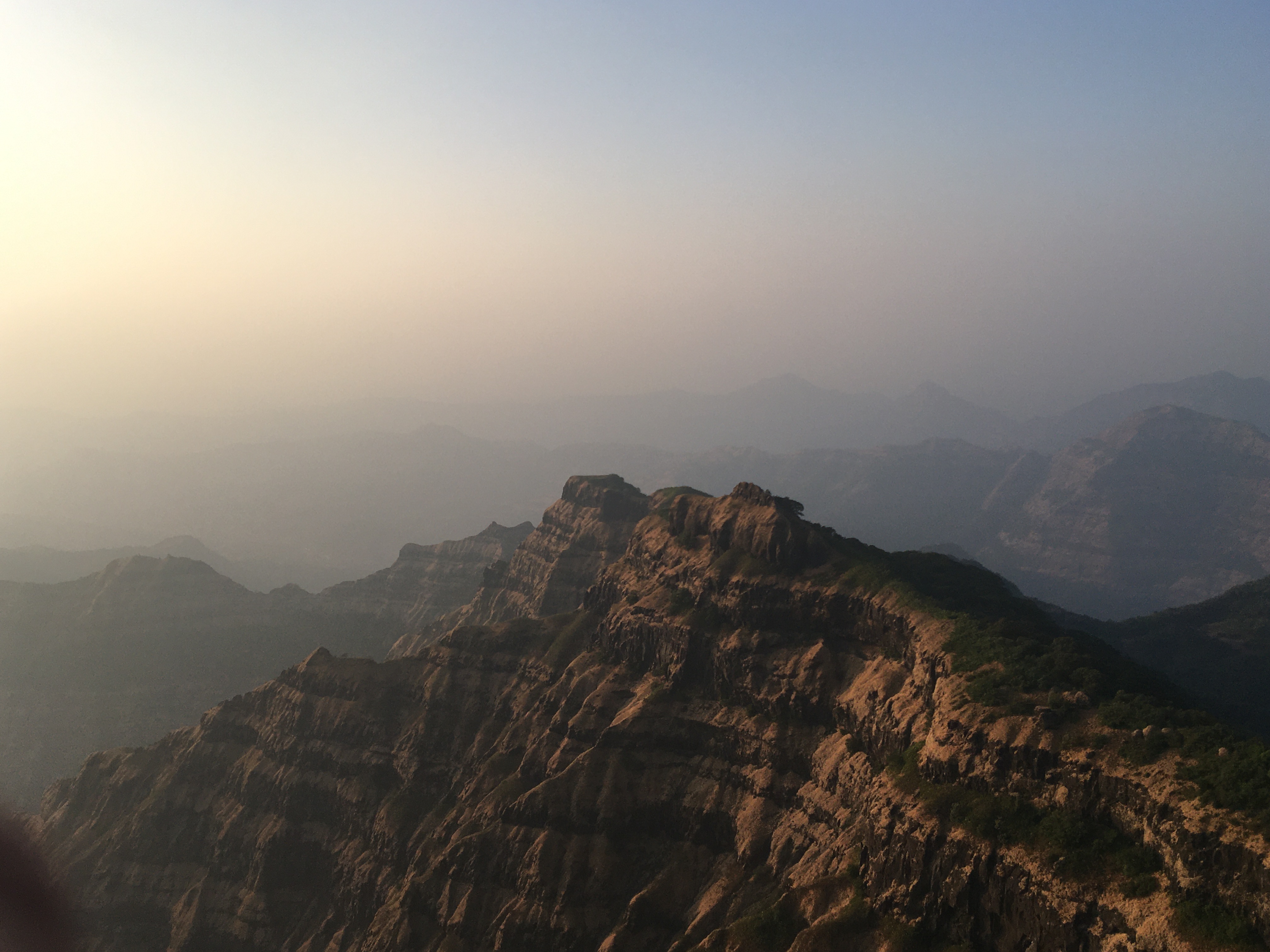
Loading the TIMS at Purdue
Photo credit: Erin Donaghy
U-Pb zircon Chemical Abrasion – Isotope Dilution – Thermal Ionization Mass Spectrometry (CA-ID-TIMS) geochronology
I use the Thermal Ionization Mass Spectrometer (TIMS) and clean lab facilities at the Radiogenic Isotope Geology Lab (RIGL) at Purdue University to generate high precision U-Pb geochronology to inform my research questions. The TIMS allows us to measure the amounts of uranium (U) and its daughter product lead (Pb) in the mineral zircon (ZrSiO4), which is a geologic timekeeper. As zircon crystals grow in a magma, they preferentially incorporate the radioactive element uranium in their mineral structures and exclude lead from their structures. Additionally, the U-Pb radioactive system has multiple parent isotopes of U decaying to different daughter isotopes of Pb at different timescales. 238U decays into 206Pb with a half-life of 4.5 billion years (Ga), about the age of the Earth, and 235U decays into 207Pb with a half-life of 700 million years (Ma). In addition to U decaying into Pb, an isotope of thorium (232Th), which is an intermediate product of the U-Pb decay chain, decays into 208Pb with a half-life of 14 billion years (Ga), about the age of the universe! The presence of multiple decay paths with different levels of time dependance, and the preferential incorporation of U and exclusion of Pb makes zircon an ideal mineral for determining the age of igneous rocks that have had time to accumulate some radioactive decay.
Other techniques: Field geology, petrologic studies, and whole rock geochemistry
I supplement U-Pb zircon data collected on the TIMS, with field observations, whole rock geochemistry, and petrologic observations to understand the geologic significance of the zircon ages.

Fieldwork in the Stillwater Range, NV
Photo credit: Michael Eddy
Understanding the timescales of and processes involved in magma chamber construction
I study an ancient volcanic system in the Stillwater Range of west-central NV, where faulting has laid a 10 km thick section of crust sideways. The section ranges from volcanic units that erupted at the surface to the insides of a frozen magma chamber or a pluton that formed about 5 kilometers beneath the surface.
Questions I am currently thinking about:
- How quickly was the magma reservoir constructed?
- Was it constructed by adding small increments of magma over time or a large volume of magma geologically instantaneously?
- What processes occurred as the magma reservoir was being constructed? What about as it was cooling?
- Is the magma chamber related to the overlying volcanic rocks?
- What determines whether a magma chamber at depth will erupt or stall beneath the surface to create a pluton?
Understanding magmatic construction mechanisms and processes, and volcanic evolution leading up to eruption, can be valuable for informing volcanic hazard management.
